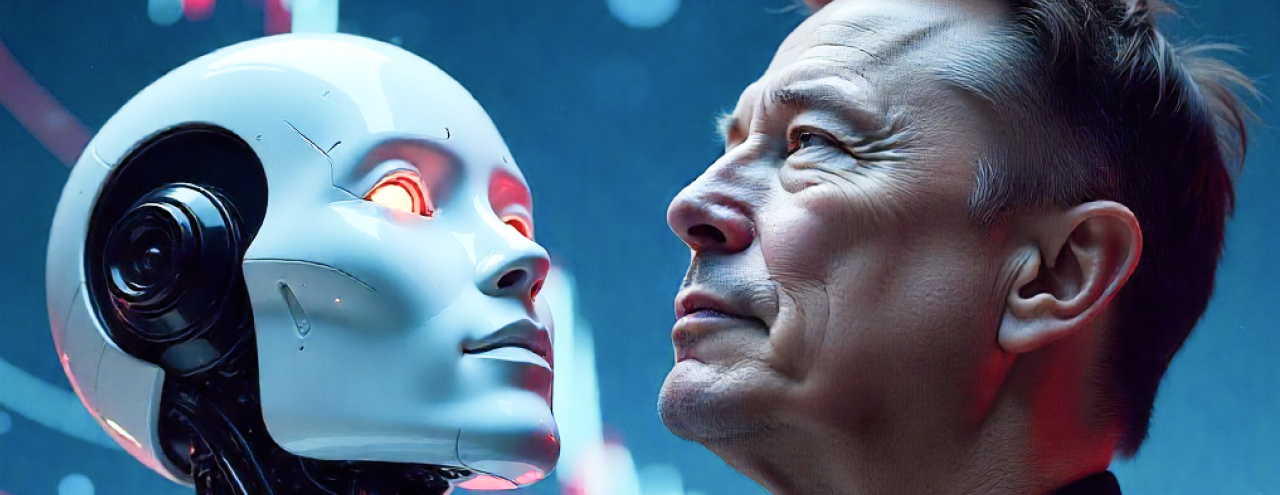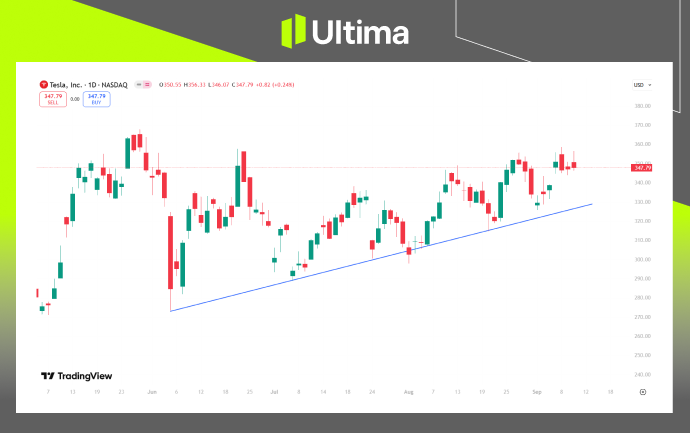Important Information
This website is managed by Ultima Markets’ international entities, and it’s important to emphasise that they are not subject to regulation by the FCA in the UK. Therefore, you must understand that you will not have the FCA’s protection when investing through this website – for example:
- You will not be guaranteed Negative Balance Protection
- You will not be protected by FCA’s leverage restrictions
- You will not have the right to settle disputes via the Financial Ombudsman Service (FOS)
- You will not be protected by Financial Services Compensation Scheme (FSCS)
- Any monies deposited will not be afforded the protection required under the FCA Client Assets Sourcebook. The level of protection for your funds will be determined by the regulations of the relevant local regulator.
Note: Ultima Markets is currently developing a dedicated website for UK clients and expects to onboard UK clients under FCA regulations in 2026.
If you would like to proceed and visit this website, you acknowledge and confirm the following:
- 1.The website is owned by Ultima Markets’ international entities and not by Ultima Markets UK Ltd, which is regulated by the FCA.
- 2.Ultima Markets Limited, or any of the Ultima Markets international entities, are neither based in the UK nor licensed by the FCA.
- 3.You are accessing the website at your own initiative and have not been solicited by Ultima Markets Limited in any way.
- 4.Investing through this website does not grant you the protections provided by the FCA.
- 5.Should you choose to invest through this website or with any of the international Ultima Markets entities, you will be subject to the rules and regulations of the relevant international regulatory authorities, not the FCA.
Ultima Markets wants to make it clear that we are duly licensed and authorised to offer the services and financial derivative products listed on our website. Individuals accessing this website and registering a trading account do so entirely of their own volition and without prior solicitation.
By confirming your decision to proceed with entering the website, you hereby affirm that this decision was solely initiated by you, and no solicitation has been made by any Ultima Markets entity.
I confirm my intention to proceed and enter this website
Behind Elon Musk’s Trillion-Dollar Pay Package: Can Tesla’s Stock Break Through with AI and Robots?
Elon Musk’s trillion-dollar pay package has become a hot topic on Wall Street. To unlock it, Musk must lead Tesla to achieve multiple business milestones, including the delivery of 1 million robots and 1 million robotaxis. These targets sketch out Tesla’s potential scale in the robotics and driverless robotaxis businesses. If achieved, Tesla’s market capitalization could expand to $8.5 trillion.
Given today’s market conditions, is Tesla still a stock worth considering?
Challenges in the Automotive Business
In recent years, Tesla’s core electric vehicle business has come under mounting pressure. In the U.S., its EV market share fell below 40% for the first time in nearly eight years. In China, competition from local giants like BYD has driven sales lower year over year.
To hold its market share, Tesla has rolled out multiple rounds of price cuts worldwide. The strategy has helped lift short-term sales but at the expense of its once-dominant profit margins. Meanwhile, the highly anticipated Cybertruck and a more affordable mass-market model have yet to achieve large-scale production, further fueling investor concerns about the growth outlook for Tesla’s automotive segment.
The Imagination of AI and Robotics
When the conversation moves beyond cars to AI and robotics, Tesla’s story takes on a whole new dimension. Musk has long insisted that Tesla is, at its core, an AI company. Its Full Self-Driving (FSD) system is one of the clearest real-world applications of artificial intelligence, and every update or step forward in its Robotaxi program has the potential to spark movement in the stock.
Then there’s Optimus, Tesla’s humanoid robot. Still in development, it embodies Musk’s vision of large-scale embodied intelligence. If Tesla can bring it to mass production and real-world adoption, it could fundamentally reshape how investors value the company—elevating Tesla from a carmaker to a full-fledged tech giant.
Meanwhile, Tesla’s energy storage division is quietly gaining momentum. Products like the Megapack are seeing strong demand as the world transitions to cleaner energy, giving Tesla another growth driver to offset slowing momentum in its automotive segment.
Tesla Stock’s Volatility
Tesla’s stock swings wildly because of the tension between short-term struggles in its car business and Musk’s long-term AI vision. Earnings reports, new product announcements, and even Musk’s social media posts can send the stock soaring or tumbling overnight. Add in the push and pull between big institutions and retail traders, and you get a recipe for extreme volatility. For investors, that volatility cuts both ways—it brings plenty of risk, but also real opportunities for those who can read the timing and sentiment right.
Recent Performance and Investment Strategy
A year ago, Tesla’s stock surged amid strengthening ties with Donald Trump. But once Trump secured his election victory and those tailwinds faded—along with a subsequent rift between the two—the stock plunged to a low of $216. Since then, the price has moved within a consolidation range, but with gradually higher lows forming a slightly upward trend line, suggesting a possible bottoming phase. The stock is now attempting a breakout, though whether it will hold remains uncertain.

In the short term, investors can focus on event-driven opportunities such as key product launches or technology demonstrations, positioning ahead of potential catalysts. A key focus will be whether Tesla’s robots and FSD can move from concept to reality. If Optimus enters small-scale production or finds real-world applications, it could mark a highly valuable trading signal.
Looking ahead, the core driver of Tesla’s stock may no longer be solely vehicle sales, but whether Musk can successfully push AI and robotics into the market. If these businesses start gaining traction, the stock could be set for another breakout.
Why Trade Metals & Commodities with Ultima Markets?
Ultima Markets provides the foremost competitive cost and exchange environment for prevalent commodities worldwide.
Start TradingMonitoring the market on the go
Markets are susceptible to changes in supply and demand
Attractive to investors only interested in price speculation
Deep and diverse liquidity with no hidden fees
No dealing desk and no requotes
Fast execution via Equinix NY4 server








